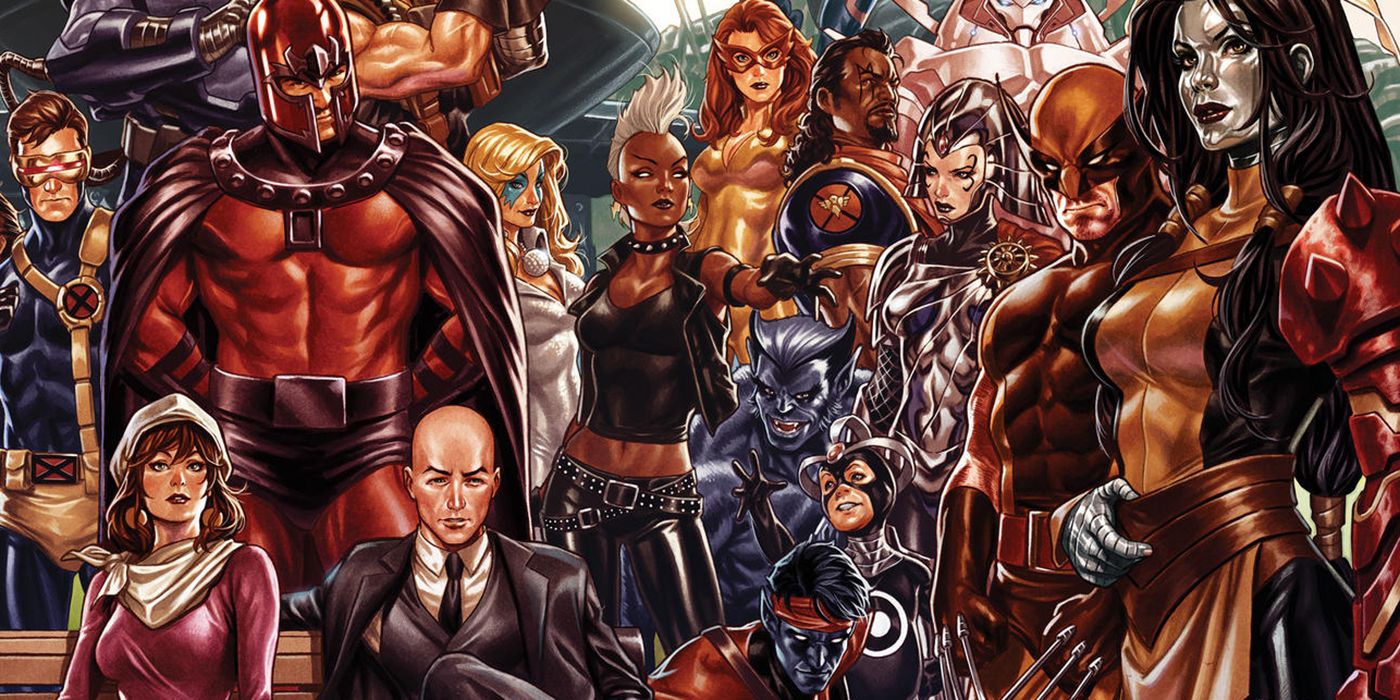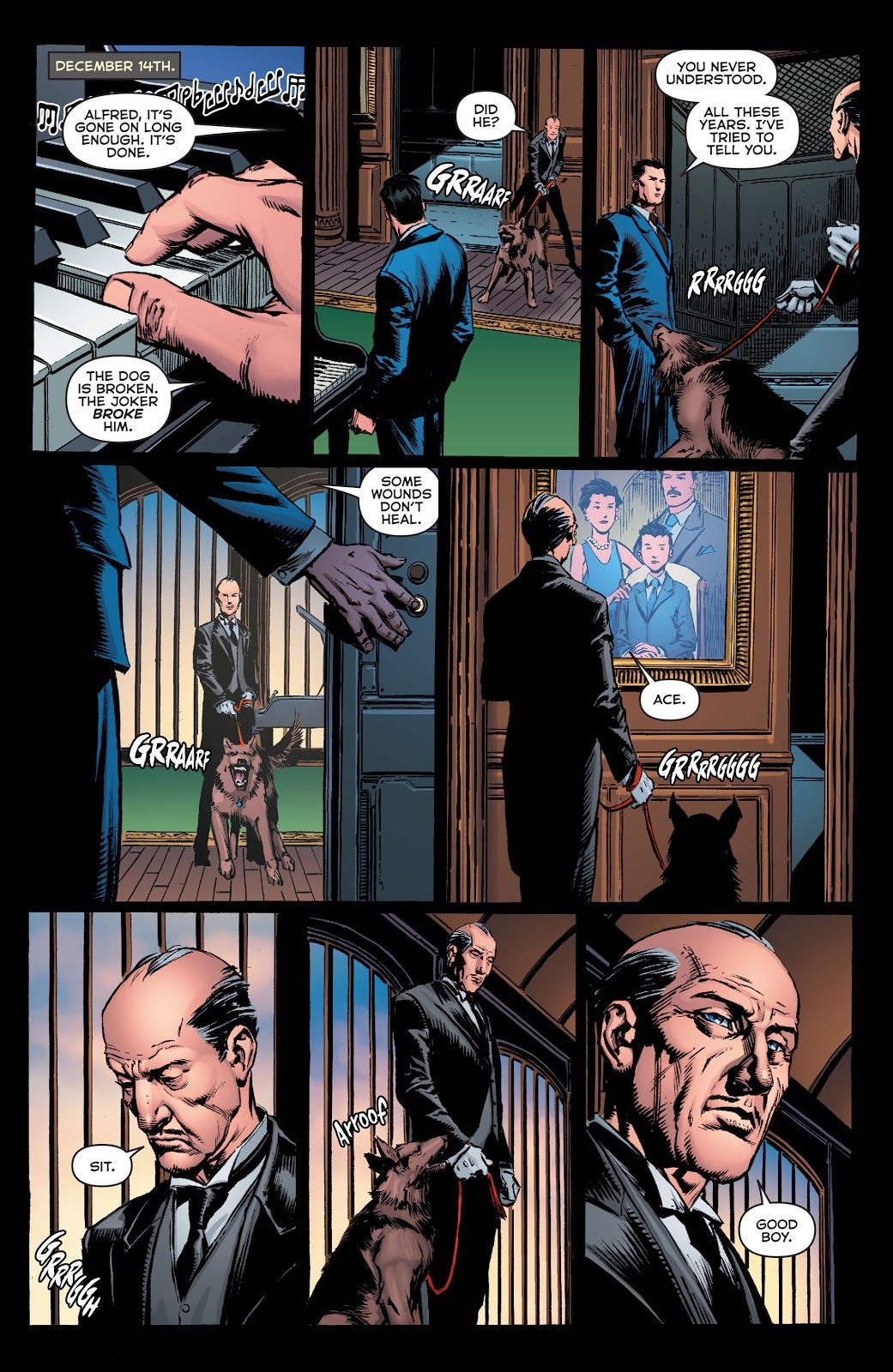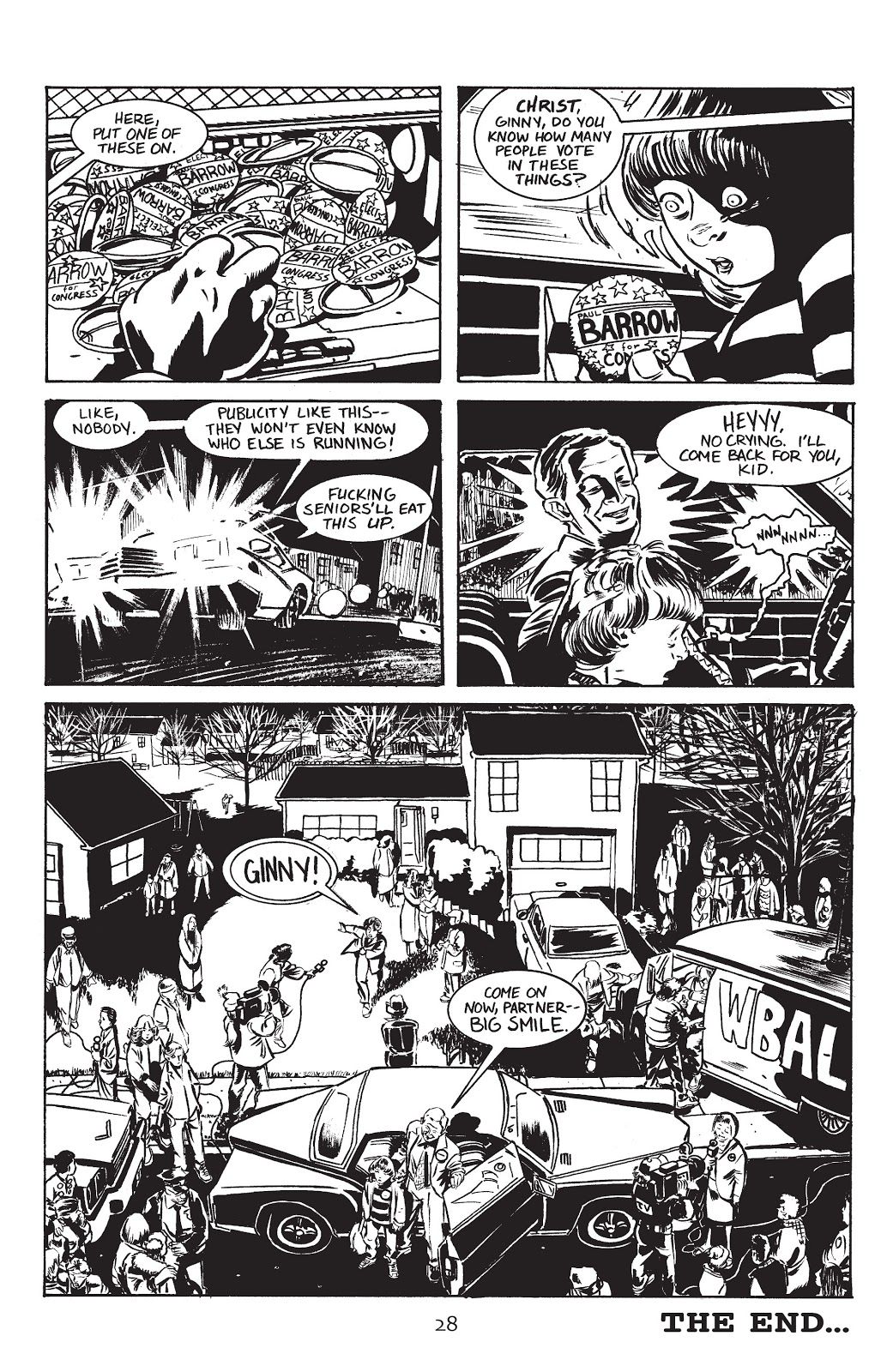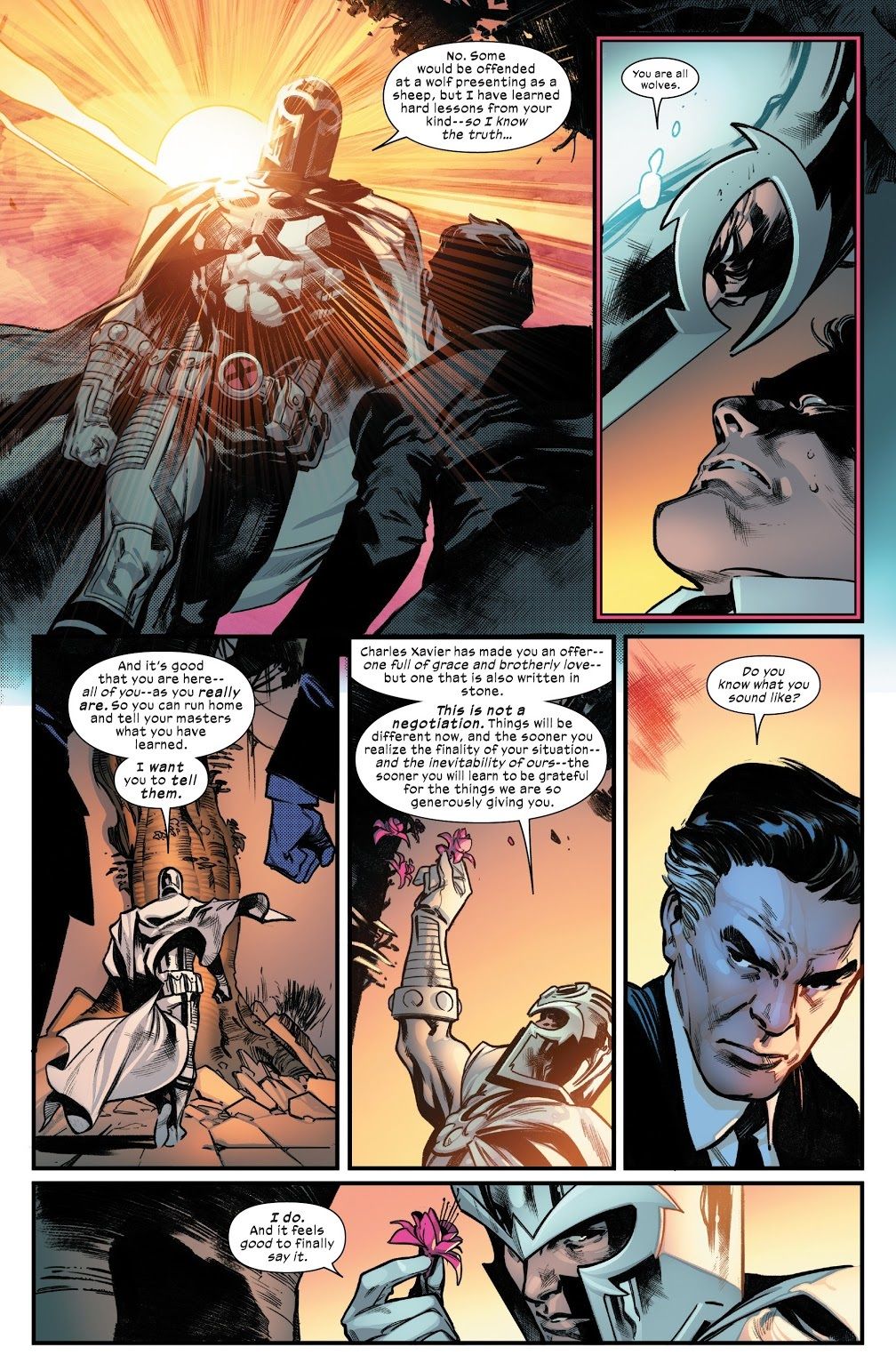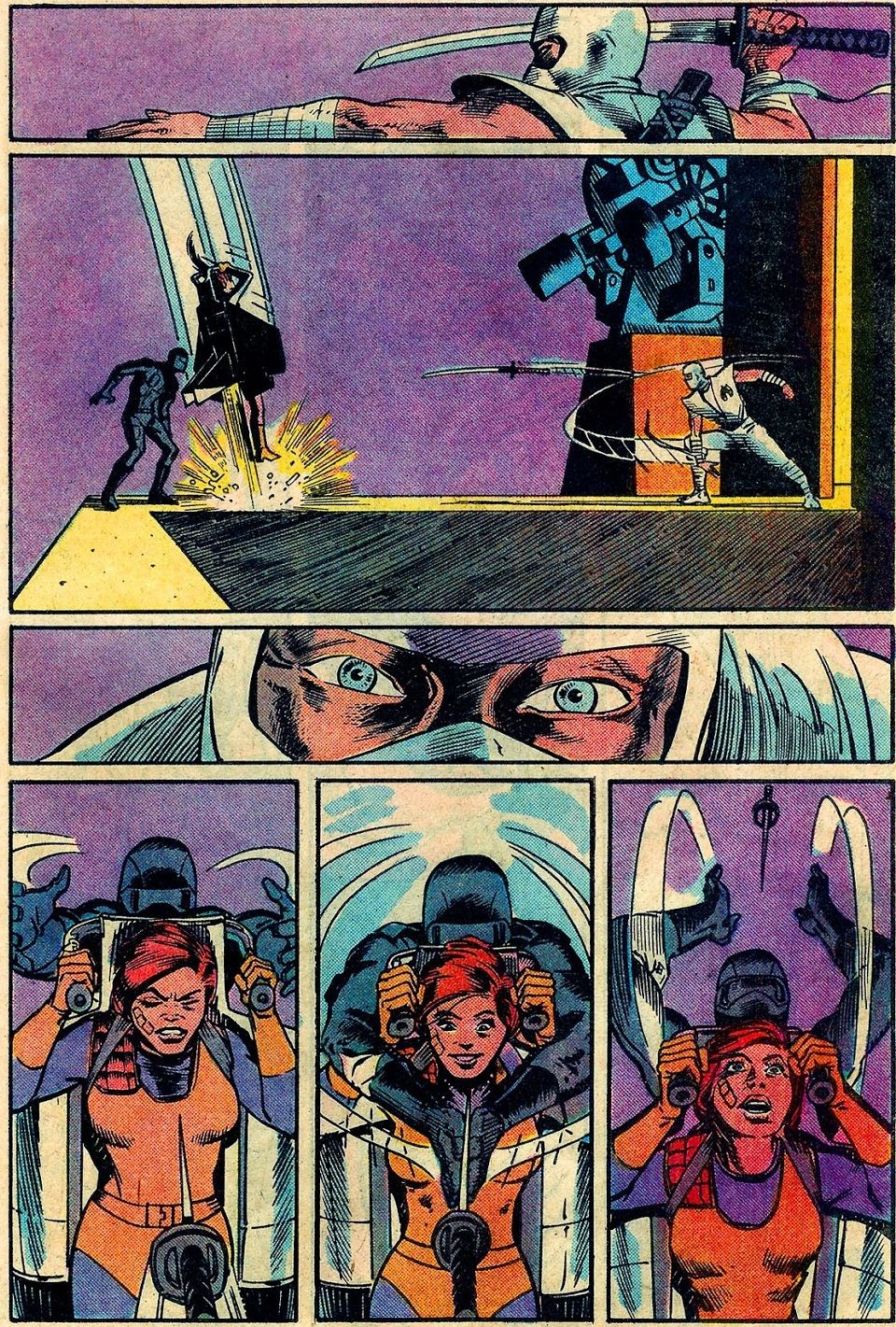You voted, and now, after over 1,000 ballots were cast (precisely three more ballots cast than four years ago), here are the results of your votes for your favorite comic book creator runs of all-time (this is the FOURTH time we've done this countdown. We're on an every four year schedule)! I'll try to post a new installment every day for the rest of the countdown.
To recap, you all sent in ballots ranking your favorite runs from #1 (10 points) to #10 (1 point). I added up all of the points and here we are!
84. Tom King's Batman – 130 points (3 first place votes)
Batman: Rebirth #1, Batman (2015) #1-85, Batman/Catwoman #1-current (#1) plus Batman Annual #1-3 and various one-shots
Early on in his run on Batman, King explained to CBR what he found fascinating about Batman, "I think that's the core of what makes Batman fascinating. It's all about his mortality. He's any of us. He's all of us. He has that will. Any of us could be Batman if we just had his will; if we just had his determination. And the fact that he's Batman, the fact that he turned what we have into that is psychotic and inspiring. That's Batman in a nutshell. He's psychotic and inspiring at the same time. And that contradiction is why everyone keeps writing him and writing him well. He's clearly the good guy but there is also something about him that's just not right. And that's cool."
That humanity has been the highlight of King's run right from the start, all the way through the recent sort of conclusion of his run the other week (I say "Sort of," because King is continuing the story in a maxiseries with Clay Mann called Batman and Catwoman that will serve as the true conclusion to his run. #1 is out soon enough that I counted it above). In an early arc, Catwoman discovers that Batman attempted suicide after his parents died.
That's a big part of King's work, the trauma that comes from the terrible things that people go through, but then there is the hope of getting by and going on to better things. It's ultimately an extremely hopeful series. Nowhere is this more evident than the award-winning short story in Batman Annual #1 by King and David Finch where Batman is attacked by a brutal guard dog. The dog's life was effectively ruined by being turned into a instrument of pain. Alfred, though, knew better and adopted the dog and slowly rehabilitated it, allowing it to get past its trauma while it helped Batman with his day-to-day traumas (even as Bruce unknowingly doubts how Alfred views Ace's rehabilitation as a metaphor for Bruce's return from the trauma of his parents' murder)...
What a beautiful story. Of course, as noted earlier, with King continuing his run in Batman and Catwoman, it is important to note that this series is most famous for Batman and Catwoman not only becoming a couple, but getting engaged before their wedding was called off due to a plot by the villainous Bane. As King ended his run in the main Batman series, Batman and Catwoman are back together and effectively married as they start their new series.
83. David Lapham's Stray Bullets – 133 points (5 first place votes)
Stray Bullets #1-41 (El Capitan), Stray Bullets: Killers #1-8, Stray Bullets: Sunshine and Roses #1-41 (Image Comics)
David Lapham's Stray Bullets tells the tales of a group of people over the period of about twenty years, generally speaking from youth to adulthood. Most issues of the series takes place in a different year in this twenty-year span, showing the characters at different stages in their lives (each issues spotlights one of the characters).
And, well, let’s just say that their lives are pretty damned messed up.
Oh, and, of course, I would be quite negligent if I did not mention the most famous part of Lapham’s Stray Bullets – Amy Racecar.
Amy Racecar is a fictional character created by Ginny Applejack, one of the characters in the book. Amy Racecar is basically Ginny, only with wish fulfillment stories told about her. They are trippy and awesome (and sad since you realize who is writing them and why).
Amy Racecar hangs out with God and makes multiple notable bank robberies. It is all clear that these stories are are coming from the mind of a very troubled girl.
Issue #4 is one of my favorite single issues of all-time, as it details Ginny running away from home and getting picked up by an…interesting fellow. There’s plenty of other twists in the series featuring the other characters (particularly the uber-tragic Joey, who we meet in #1 and later learn exactly why he is what he is as we see him in the past – but also Led’s story in issue #3 has a clever ending), so I don’t mind spoiling this twist for you. After this man convinces Ginny that they’re going to be bank robbers together (and he perhaps has more lascivious ideas in mind for the young girl), well, see for yourself…
That’s the kind of awesome twists and turns you can expect out of Stray Bullets – a character driven social drama with brilliant artwork by David Lapham.
Lapham self-published the book himself for years and then a few years back brought it back at Image Comics. I'm more willing to count creator-owned series like this as a single run, even with the large gap between the self-published books and the Image continuation (the Image stuff jumps around in time a bit less than the original series).
82. Jonathan Hickman's X-Men – 136 points (1 first place votes)
House of X #1-6, Powers of X #1-6, X-Men #1-current (#14), New Mutants #1-2, 5 and 7 plus a number of Giant-Sized X-Men issues and other one-shots
Recently, Jonathan Hickman was given license to completely overhaul the X-Men franchise with a pair of miniseries called House of X and Powers of X. As part of their commitment to Hickman's new approach, Marvel canceled all of their X-Men titles and had only Hickman's two books come out for three months, with House of X one week and Powers of X the next week. He worked with artists Pepe Larraz, R.B. Silva and Marte Gracia on the two series.
The series reshaped the whole X-Men experience by setting up their own nation and opening it up to representatives from other nations in exchange for a special medicine that the X-Men have developed from a plant on Krakoa, but things take a strange turn with Ambassador Magneto...
The series goes into the past and the future to show how the decisions made today with the new destiny of the X-Men will have impact on everything for generations to come. Hickman has always been one of the great planners in comic book history and that care is shown in the intricate plotting in House of X/Powers of X, which has led to a whole new relaunch of the X-Universe with Hickman in charge of the flagship series, X-Men, as well as character spotlights in the Giant-Size X-Men one-shots and, of course, he is in charge of the current massive X-Men crossover, the X of Swords.
81. Larry Hama's initial run on G.I. Joe -138 points (3 first place votes)
G.I. Joe: A Real American Hero #1-155
If you had to rank comic books on degrees of difficulty in making them into a good series, you wouldn’t have to look much further than a comic book series that is based on a toy line, where you have to work in new characters based on whatever new toys are being released. And yet that’s exactly what Larry Hama did for over a hundred issues of "G.I. Joe: A Real American Hero." Eventually, the toy line got so ridiculous that not even Hama could save things (Eco-Warrior Joes, Day-Glo Joes, Ninja Force, etc.) but while Hama was allowed to keep the book grounded in a general sense of reality (just over-the-top reality), the series was an absolute delight. For a book that had such a massive cast, it was astonishing how good Hama was at developing the various personalities of the cast members. You really got to know the members of G.I. Joe and Cobra, to the point where a good deal of the enjoyment of the series was seeing how things were developing in the lives of the various characters.
Meanwhile, there were plenty of action-packed adventures to keep your attention. Hama was a master of balancing plot lines. He would easily have multiple plots running at once and it would never get confusing. For a book that had so many plots going, it was remarakbly easy to just pick up any issue at random and just enjoy the series.
Hama worked with a number of artists over the years, from Herb Trimpe to Frank Springer to Ron Wagner to M.D. Bright to Ron Garney to Andrew Wildman and many more in between. Hama himself even occassionally drew an issue, including the famous “Silent issue,” which starred the breakout character of "G.I. Joe," the silent ninja soldier, Snake Eyes, trying to rescue his captured teammate, Scarlett, from a Cobra stronghold (while the evil Cobra ninja, Storm Shadow, tried to stop them)...
Great stuff.
Hama brought the title back for IDW and it is still quite good.

